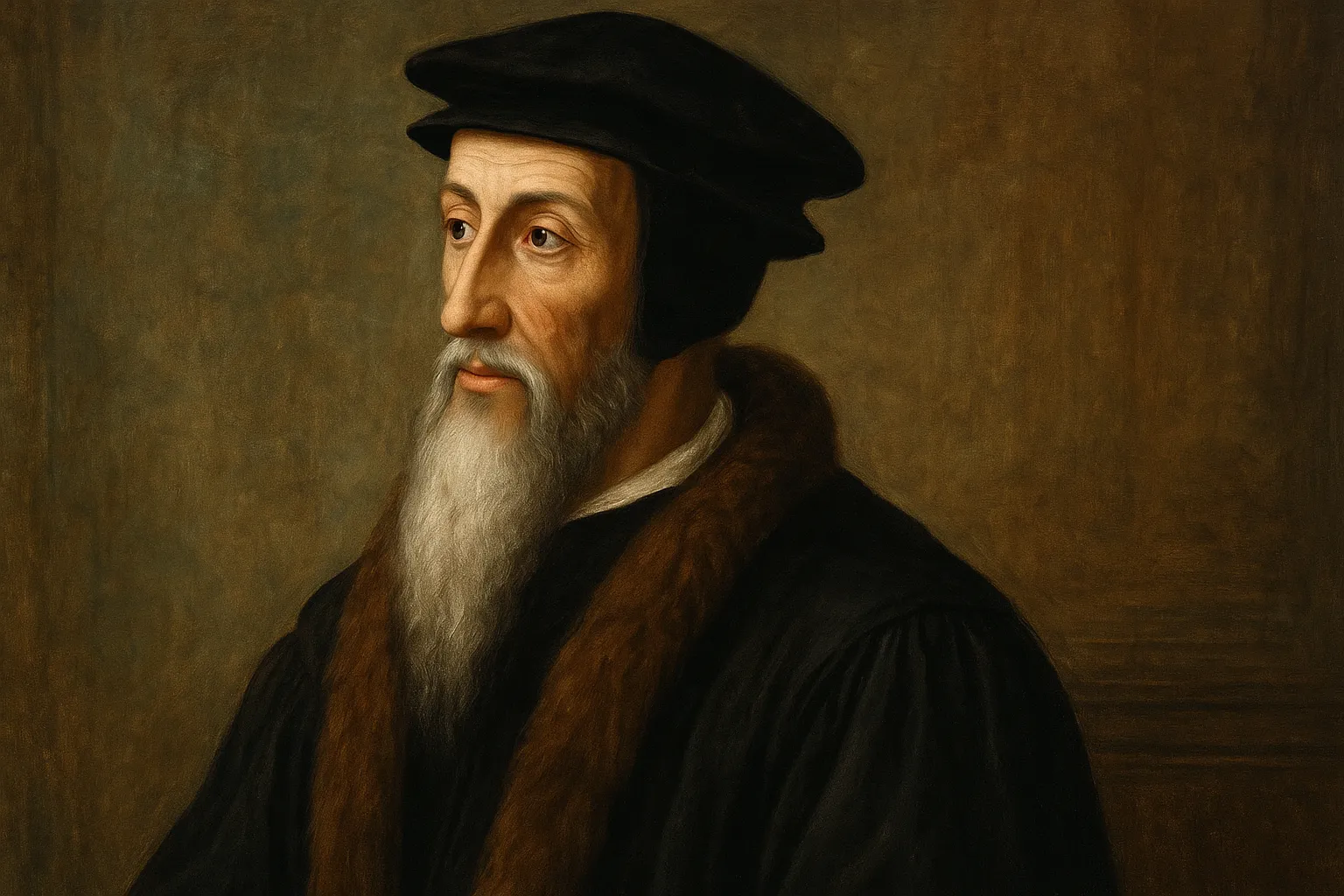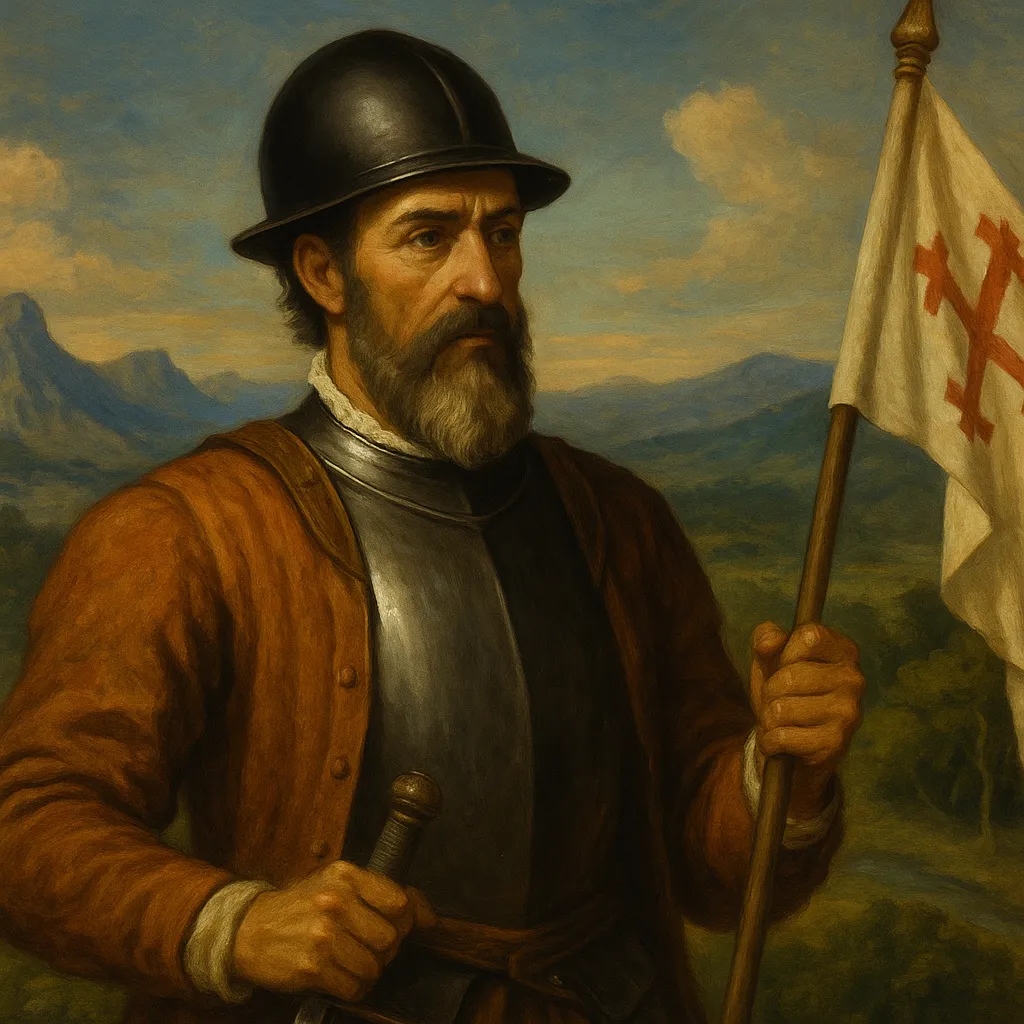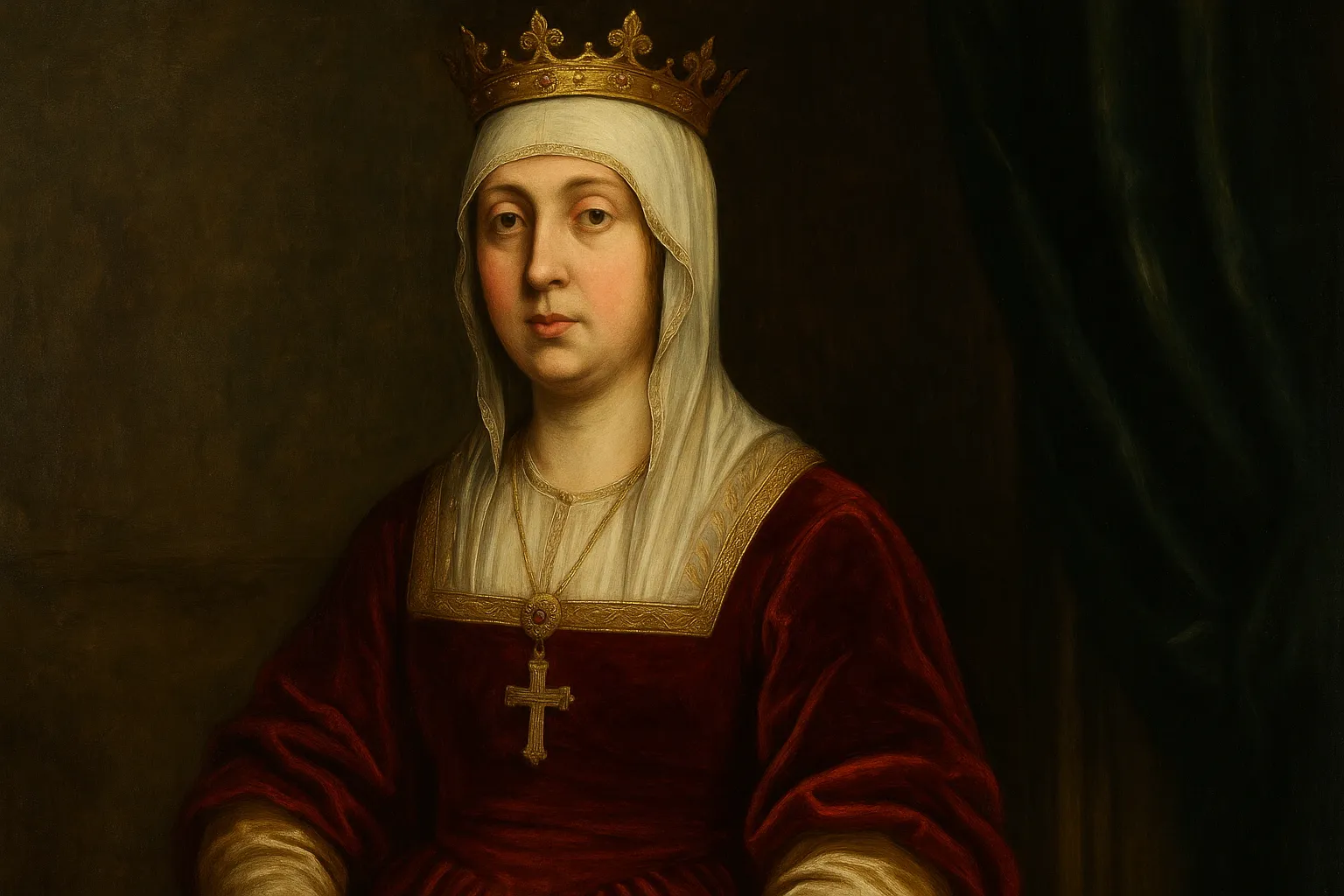Biography of Neil Armstrong: The first man on the Moon
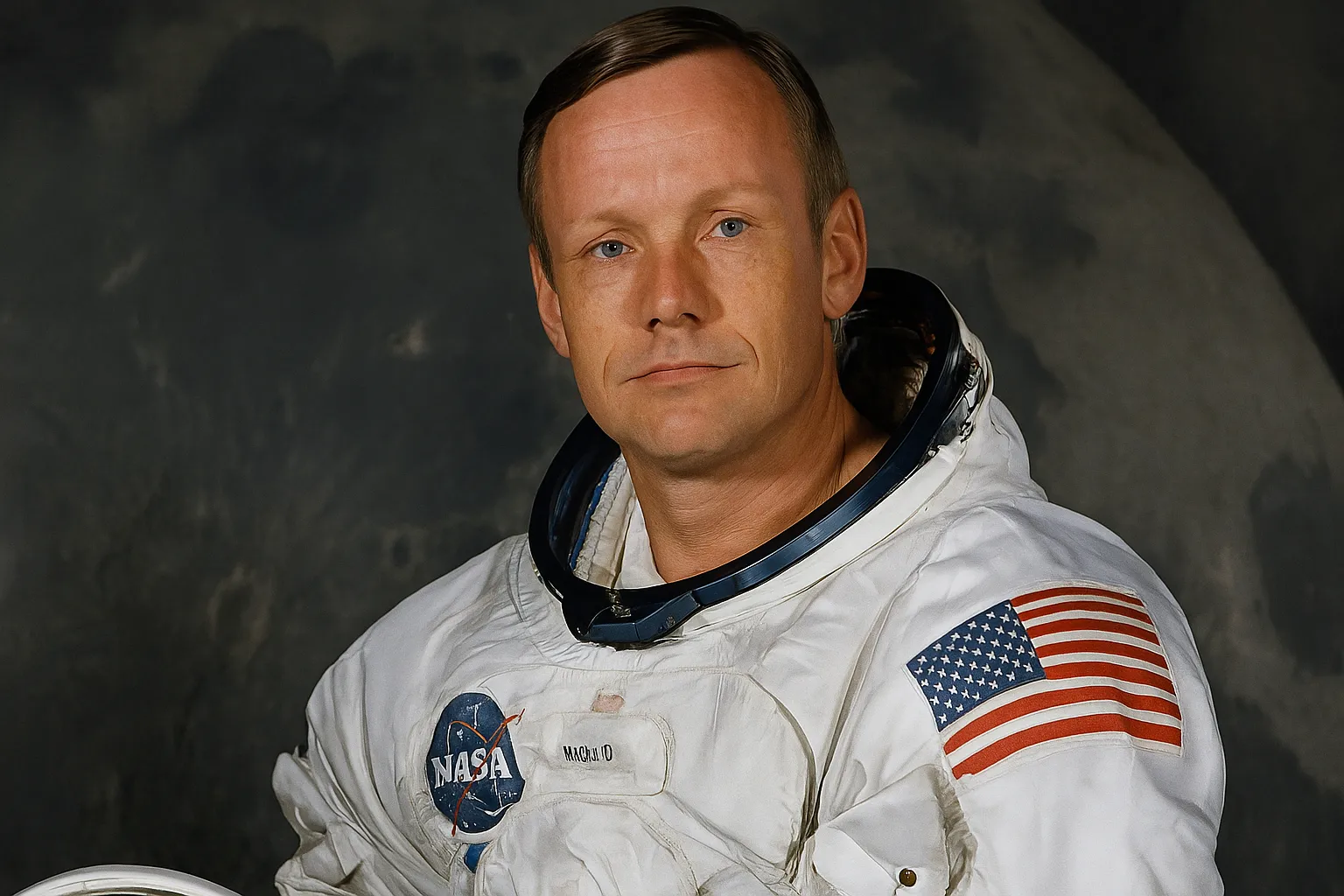
When Neil Armstrong stepped onto the lunar surface on July 20, 1969, he spoke the words forever etched in human history: “That’s one small step for a man, one giant leap for mankind.” This moment not only marked the peak of the space race between the United States and the Soviet Union but also demonstrated humanity’s ability to overcome seemingly insurmountable challenges. Yet Armstrong’s life was much more than that iconic moment on the Moon. He was a test pilot, aeronautical engineer, astronaut, university professor, and above all, a man of extraordinary humility.
This article explores Armstrong’s life in depth, from his humble beginnings in Ohio to his historic lunar journey and the years that followed, offering a comprehensive view of a true pioneer of the 20th century.
A Childhood Passion for Flight

Neil Alden Armstrong was born on August 5, 1930, in Wapakoneta, Ohio, into a middle-class family. His parents, Stephen Koenig Armstrong and Viola Louise Engel, encouraged their son’s curiosity from an early age. Neil displayed an almost obsessive interest in airplanes and flying from a very young age. At six years old, his father took him on his first airplane ride in a Ford Trimotor, an experience that profoundly shaped his life.
During his teenage years, Neil began taking flying lessons and earned his pilot’s license at 16, even before obtaining his driver’s license. This early achievement reflects his determination and passion for aviation. At the same time, Armstrong excelled academically, especially in mathematics and science, subjects that would later form the foundation of his professional career.
Academic Education and Military Service
In 1947, Armstrong enrolled at Purdue University to study aeronautical engineering under the Holloway Plan, a U.S. Navy program that required him to serve in the military before completing his education. In 1949, his studies were interrupted when he was called to active duty as a naval aviator.
During the Korean War, Armstrong flew 78 combat missions, logging over 1,200 flight hours. At 21, he experienced firsthand the perils of war, including an incident where his aircraft was severely damaged, forcing him to eject. This experience further strengthened his composure and ability to make critical decisions under pressure—skills that would prove vital in his future space career.
After completing his military service, Armstrong returned to Purdue and graduated in 1955. He later earned a master’s degree in aeronautical engineering from the University of Southern California.
Test Pilot: Forging a Legend
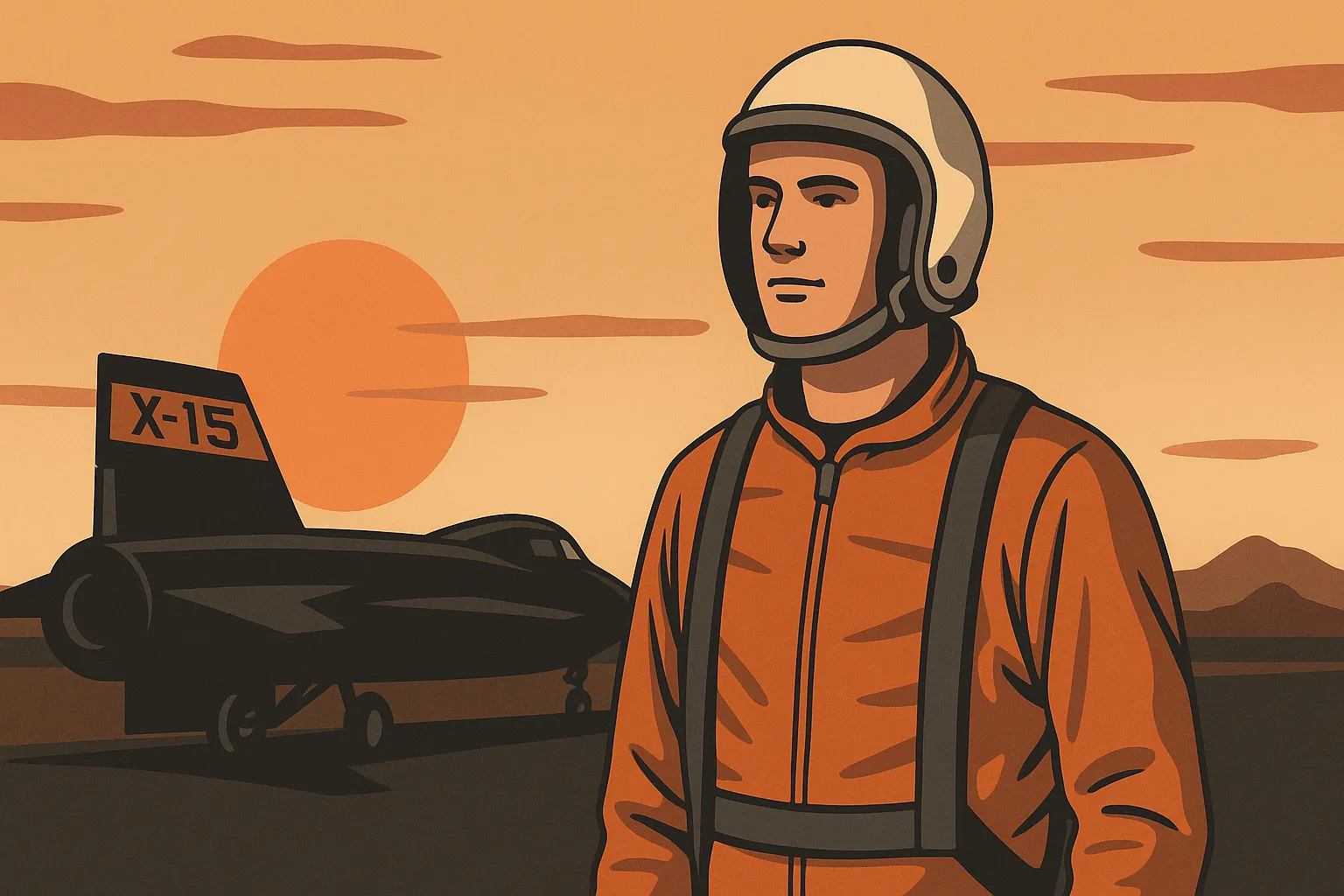
Following graduation, Armstrong joined the National Advisory Committee for Aeronautics (NACA), the predecessor to NASA, as a research pilot at the High-Speed Flight Station at Edwards Air Force Base in California.
Throughout the late 1950s and early 1960s, Armstrong flew some of the most advanced experimental aircraft of the time, including the famous X-15—a rocket-powered plane capable of reaching speeds near Mach 6 (about 7,200 km/h) and altitudes of 63 kilometers. These missions tested not only the limits of aviation technology but also the courage and skill of the pilots.
Armstrong’s technical expertise and cool demeanor set him apart from his peers. His ability to remain calm under extreme conditions and his deep understanding of aeronautical engineering made him an ideal candidate for the emerging U.S. space program.
Selection as an Astronaut
In 1962, Armstrong was selected as part of NASA’s second group of astronauts, known as “The New Nine.” Unlike many astronauts from the first group, who came exclusively from military aviation, Armstrong represented a new profile: engineer, test pilot, and scientist.
His first assignment was as backup pilot for the Gemini 5 mission. However, his real test came in 1966, when he commanded the Gemini 8 mission alongside David Scott.
Gemini 8: Armstrong’s First Major Space Challenge
The Gemini 8 mission was a milestone in space exploration, achieving the first successful docking of two spacecraft in orbit. However, the mission nearly ended in disaster when the spacecraft’s attitude control system malfunctioned, causing a dangerous uncontrolled spin.
Thanks to Armstrong’s steady hand and piloting skills, he stabilized the spacecraft using the reentry thrusters, averting catastrophe. This episode further cemented his reputation as a calm and calculated professional under extreme pressure—qualities that would be critical in his selection as commander for NASA’s most ambitious mission to date: Apollo 11.
The Race to the Moon
The Apollo program was a direct result of President John F. Kennedy’s 1961 commitment to land a man on the Moon before the decade’s end. The effort was colossal: it involved over 400,000 people, thousands of private companies, universities, and research laboratories.
The Apollo 11 mission, consisting of Armstrong, Edwin “Buzz” Aldrin, and Michael Collins, was meticulously planned to be the first manned lunar landing. Armstrong was chosen as mission commander, reflecting NASA’s immense confidence in his abilities.
Apollo 11: The Giant Leap for Mankind
On July 16, 1969, the Saturn V rocket lifted off from Kennedy Space Center in Florida. After a three-day journey, the spacecraft entered lunar orbit. On July 20, Armstrong and Aldrin transferred to the lunar module Eagle, while Collins remained in orbit aboard the command module Columbia.
During the descent, unforeseen problems arose: the onboard computer overloaded, and the pre-programmed landing site was littered with boulders. Armstrong took manual control and carefully guided the module to a safe landing zone. Finally, the Eagle touched down on the lunar surface with just 30 seconds of fuel remaining.
At 02:56 UTC on July 21, Armstrong descended the ladder and set foot on the Moon, making history. The images were broadcast live to millions worldwide.
Armstrong and Aldrin spent approximately 2 hours and 15 minutes on the lunar surface, during which they:
-
Collected rock and soil samples.
-
Installed scientific experiments.
-
Planted the American flag.
-
Left a commemorative plaque that read:
“Here men from the planet Earth first set foot upon the Moon. July 1969 A.D. We came in peace for all mankind.”
After completing their mission, they returned to the command module and began the journey back to Earth, splashing down on July 24, 1969, in the Pacific Ocean.
Life After the Moon

Unlike other astronauts who capitalized on their fame, Armstrong chose a more private path after his return. He resigned from NASA in 1971 and accepted a position as a professor of aerospace engineering at the University of Cincinnati, where he taught for nearly a decade.
Later, he served on various corporate boards, including United Airlines and Learjet. He also participated in the commission that investigated the Challenger disaster in 1986.
Armstrong rarely granted interviews and remained distant from the media circus. This low profile only added to his mystique as a humble hero.
Criticism of NASA and Advocacy for Space Exploration
Although a staunch advocate for space exploration, Armstrong did not hesitate to criticize NASA when he deemed it necessary. In 2010, he testified before the U.S. Congress, expressing disagreement with the cancellation of the Constellation program and NASA’s direction at the time.
For Armstrong, space exploration represented a moral and scientific obligation of humanity, and abandoning that path was, in his view, a strategic mistake.
His Passing and Eternal Legacy
Neil Armstrong passed away on August 25, 2012, at the age of 82, due to complications following cardiovascular surgery. His death was mourned worldwide. Then-President Barack Obama described him as “among the greatest American heroes—not just of his time, but of all time.”
His legacy endures not only in history books but also in popular culture, aerospace engineering, and future space exploration. Armstrong continues to inspire new generations of scientists, engineers, pilots, and dreamers.
Lesser-Known Facts and Curiosities

-
Armstrong’s heart rate reached 150 beats per minute during the final descent to the Moon.
-
He was a skilled amateur musician and played the baritone horn.
-
He refused most autograph requests after discovering many were resold for large sums of money.
-
His barber was sued after selling his hair to collectors.
-
Armstrong never literally said “a small step for a man”; the transmission omitted the article “a” due to audio issues.
Neil Armstrong embodies humanity’s highest ideals: curiosity, courage, humility, and determination. His historic lunar walk was not only the climax of an extraordinary personal career but also the product of a collective effort by thousands committed to taking humanity beyond its own planet.
His life demonstrates that the greatest achievements often belong not to those who seek glory, but to those who accept great responsibility with calm humility. Armstrong became a symbol of what we can accomplish when science, discipline, and courage work together toward a common goal.



